January is prime time to witness the calving season of the Great Migration in the Southern Serengeti (Ndutu region). Thousands of wildebeest give birth, attracting predators like lions and cheetahs, making for dramatic wildlife encounters.
Ngorongoro is lush and green in January, offering stunning scenery and abundant wildlife. The crater is home to the Big Five, and since it’s a natural enclosure, game viewing is exceptional.
January is ideal for relaxing on Zanzibar’s white sandy beaches, with calm turquoise waters perfect for swimming, snorkeling, and diving. Visit Nungwi, Kendwa, or Paje for an unforgettable tropical getaway.
Fewer crowds make January a peaceful time to explore Tarangire National Park, known for its large elephant herds and scenic baobab trees.
January offers clear skies and mild weather, making it one of the best months to climb Mount Kilimanjaro. Trails are drier, increasing your chances of a successful summit.
January is a fantastic month to visit Tanzania, whether for a wildlife safari, a beach retreat, or an adventure on Kilimanjaro. With fewer tourists compared to peak season (July – October), you can enjoy a more intimate experience while still witnessing some of the country’s most spectacular sights.
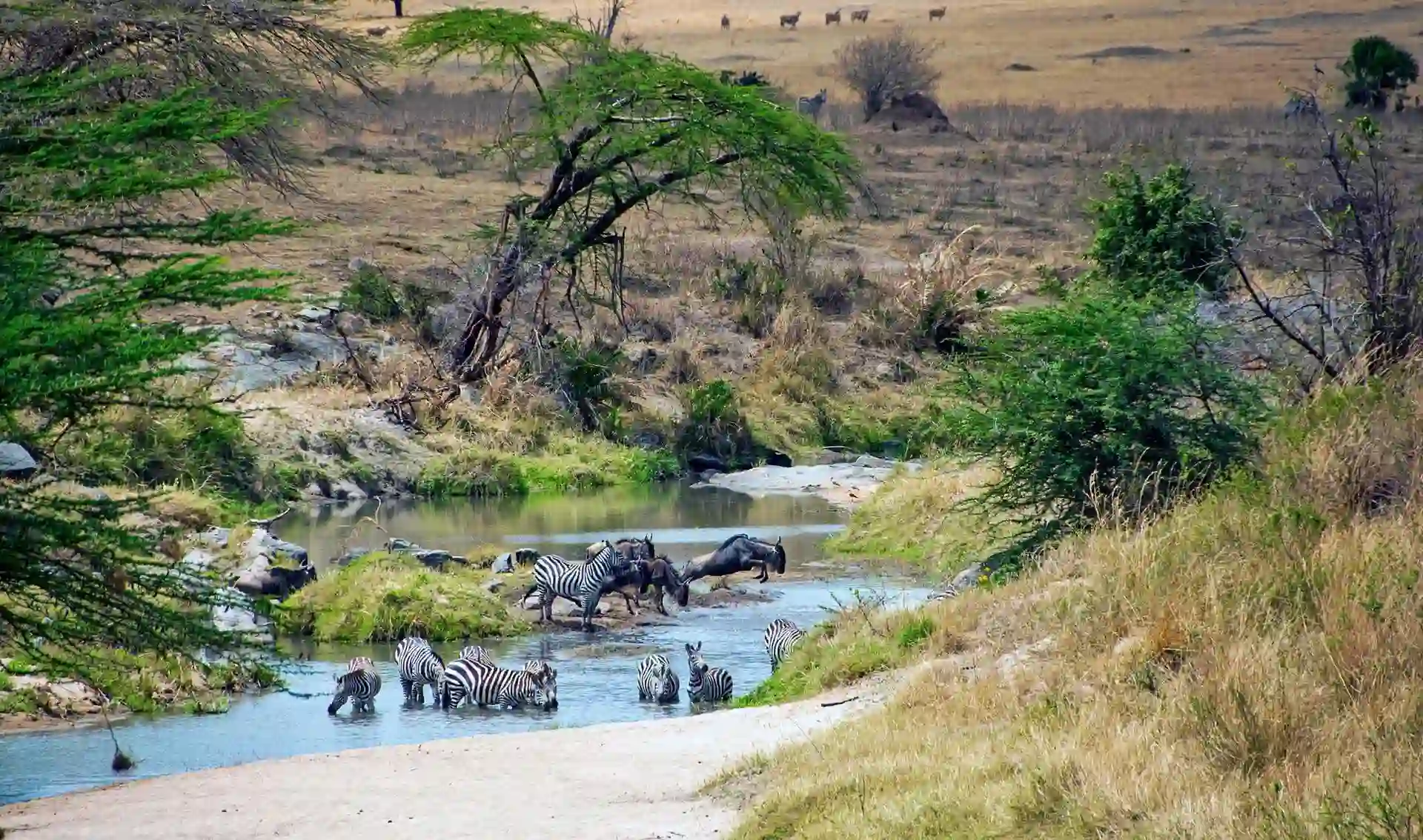
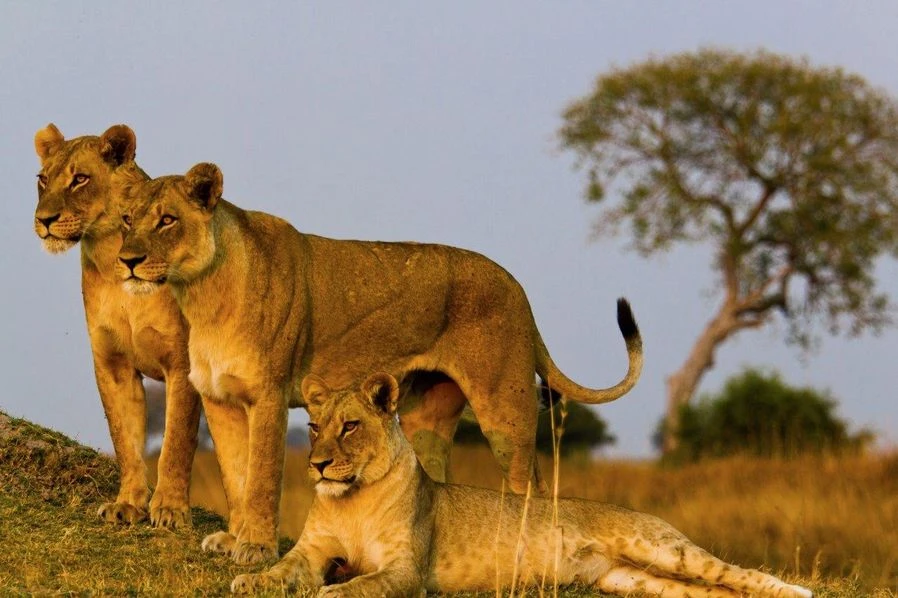
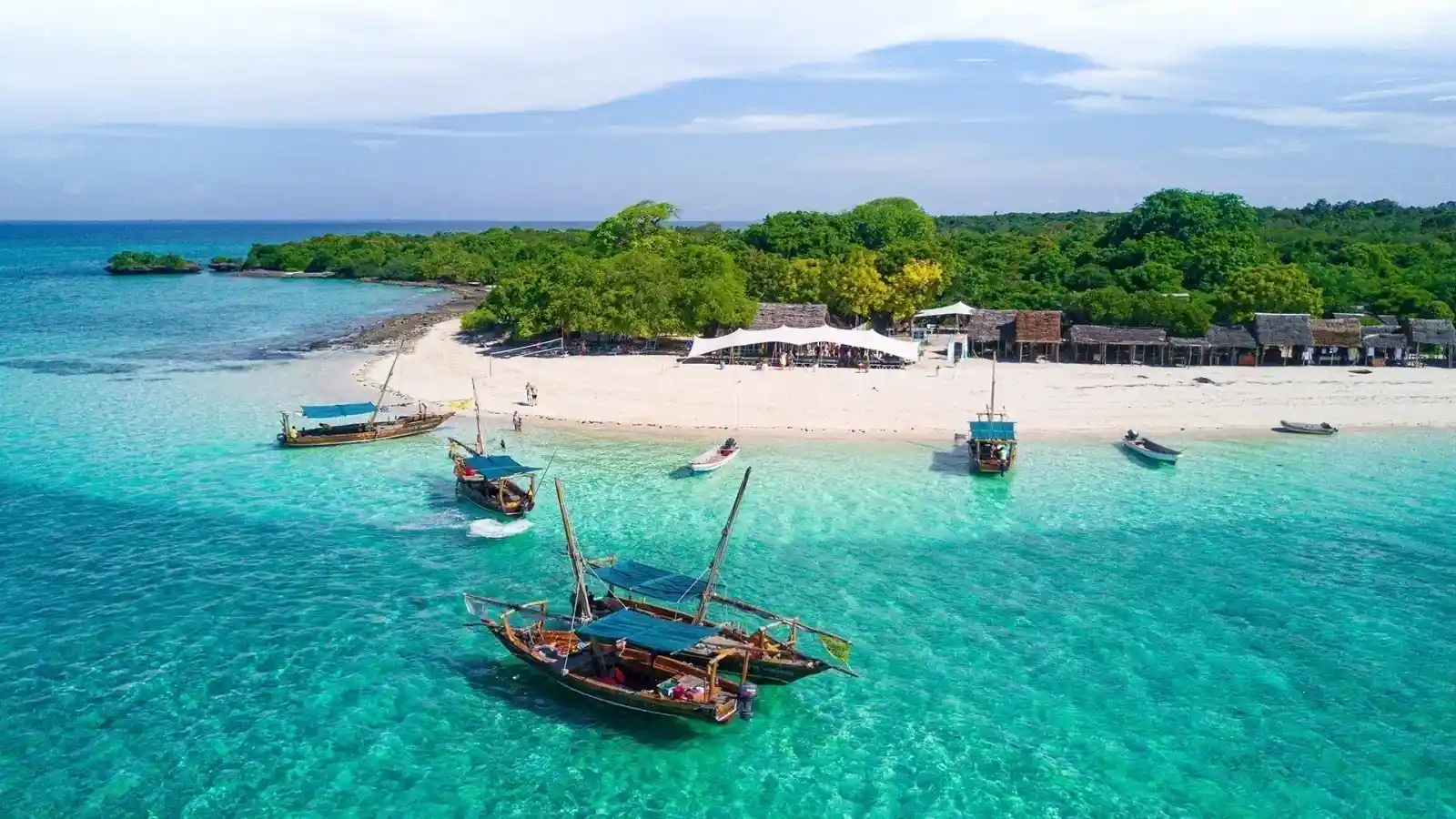

February is the peak of the wildebeest calving season in the Ndutu region of the Southern Serengeti. Over 500,000 wildebeest calves are born within a few weeks, attracting predators such as lions, cheetahs, and hyenas. This is one of the most dramatic wildlife spectacles on Earth, offering thrilling game drives and exceptional photography opportunities.
The lush, green landscape adds to the beauty of the experience, making February an ideal time for a scenic and action-packed safari.
The Ngorongoro Crater remains one of Africa’s most iconic safari locations throughout the year, and February is no exception. Thanks to the enclosed nature of the crater, wildlife is abundant, making it one of the best places to see the Big Five—lions, elephants, buffaloes, rhinos, and leopards—in a single game drive.
With fewer crowds compared to peak season, February allows for a more intimate and immersive safari experience.
For those looking to unwind after a safari, Zanzibar offers the perfect tropical escape. With warm, crystal-clear waters and white sandy beaches, February is an ideal time for snorkeling, diving, and relaxation.
With little rainfall and plenty of sunshine, Zanzibar is at its best in February.
If you’re looking for a quieter yet rewarding safari, Tarangire National Park is an excellent choice. Known for its large elephant herds and majestic baobab trees, this park offers a unique landscape and diverse wildlife. The Tarangire River serves as a key water source, attracting a variety of animals, including lions, giraffes, and zebras.
February’s lush scenery makes Tarangire even more picturesque, providing a serene safari experience away from the crowds.
For adventure seekers, February is one of the best months to climb Mount Kilimanjaro. The weather is relatively stable, with clear skies and mild temperatures, making the trek more enjoyable.
With fewer climbers compared to the peak months of July and August, February offers a less crowded and more peaceful ascent to Africa’s highest peak.
Whether you’re seeking a thrilling safari, a relaxing beach holiday, or an epic mountain adventure, February in Tanzania offers an unforgettable experience.

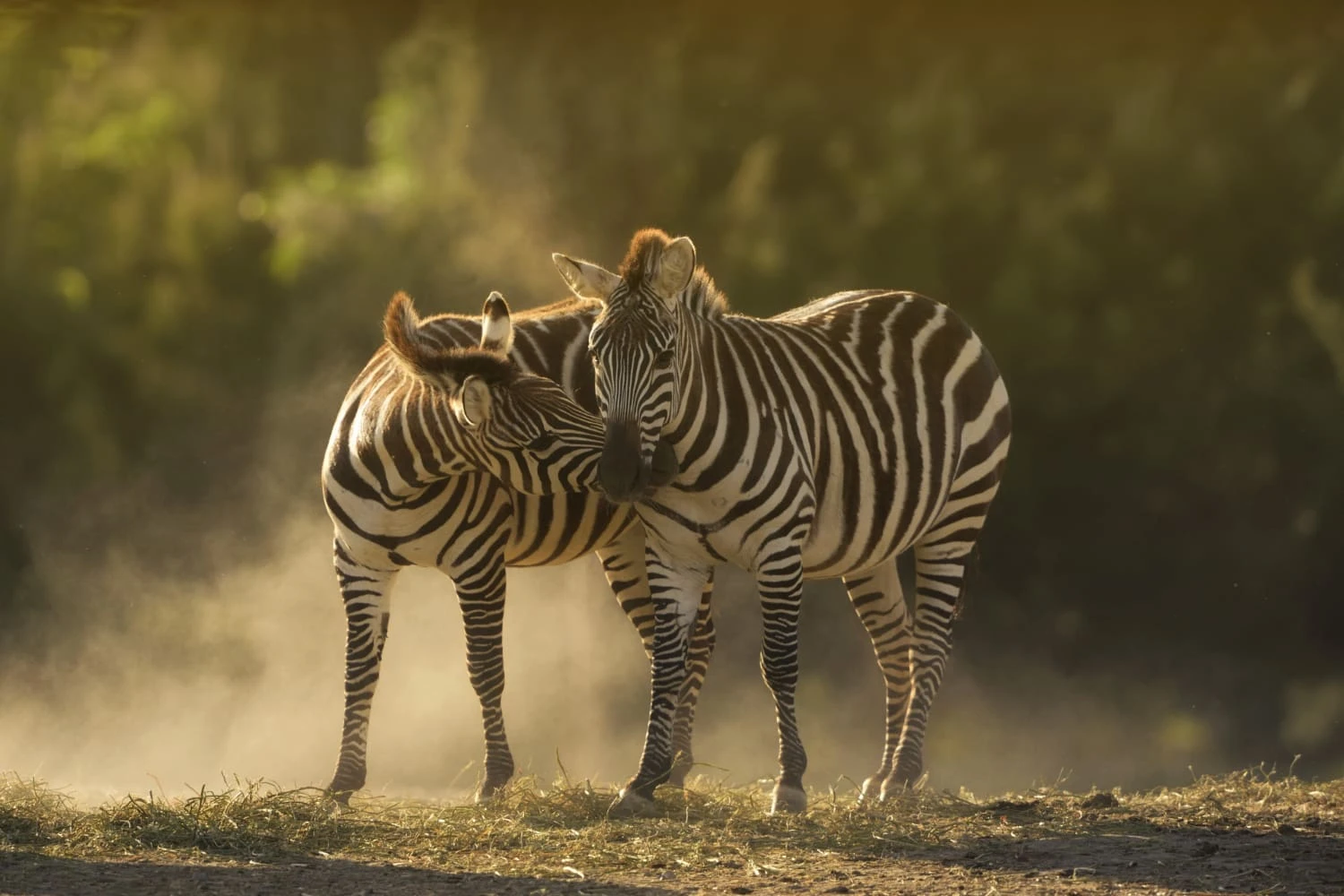
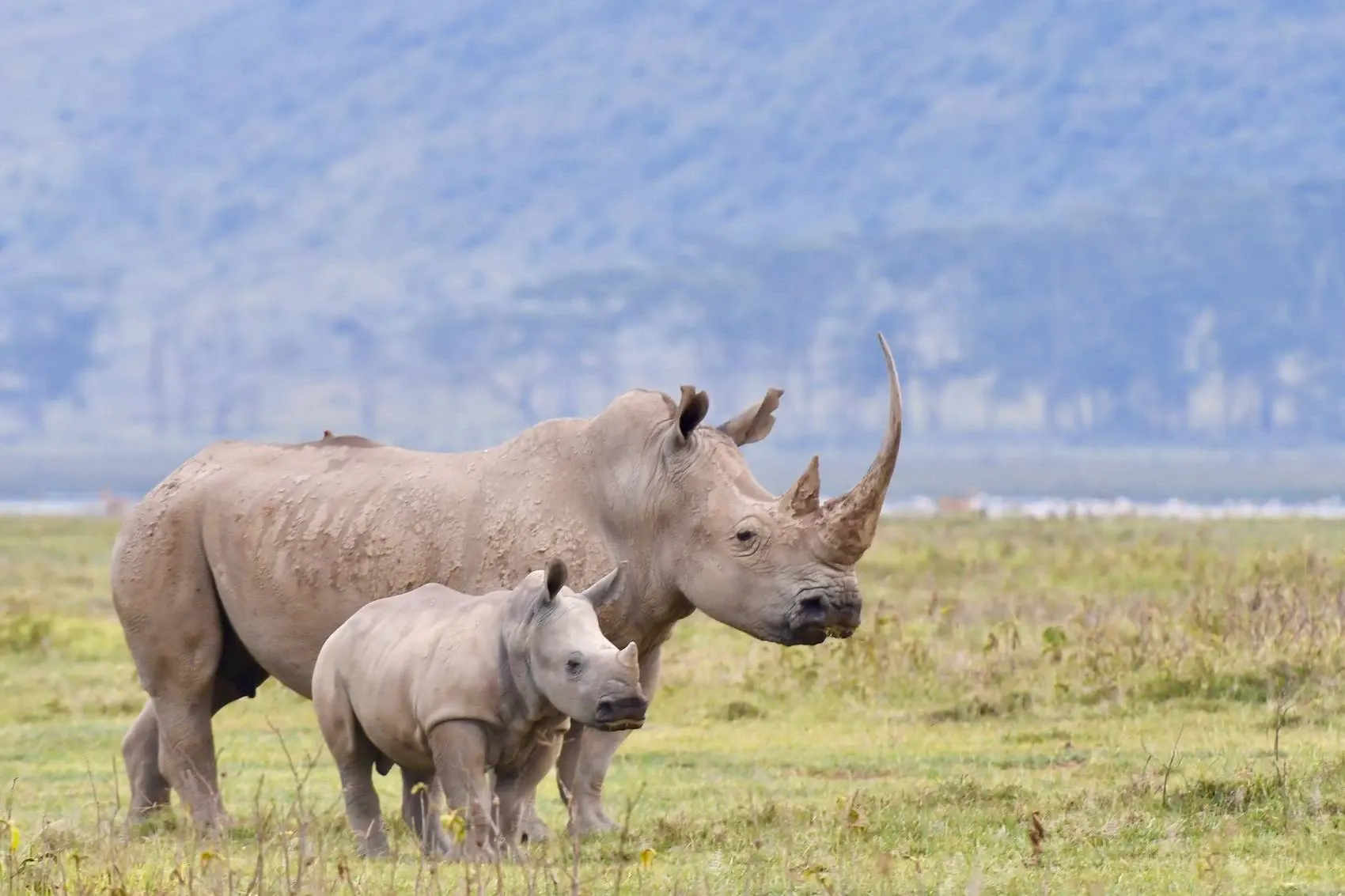
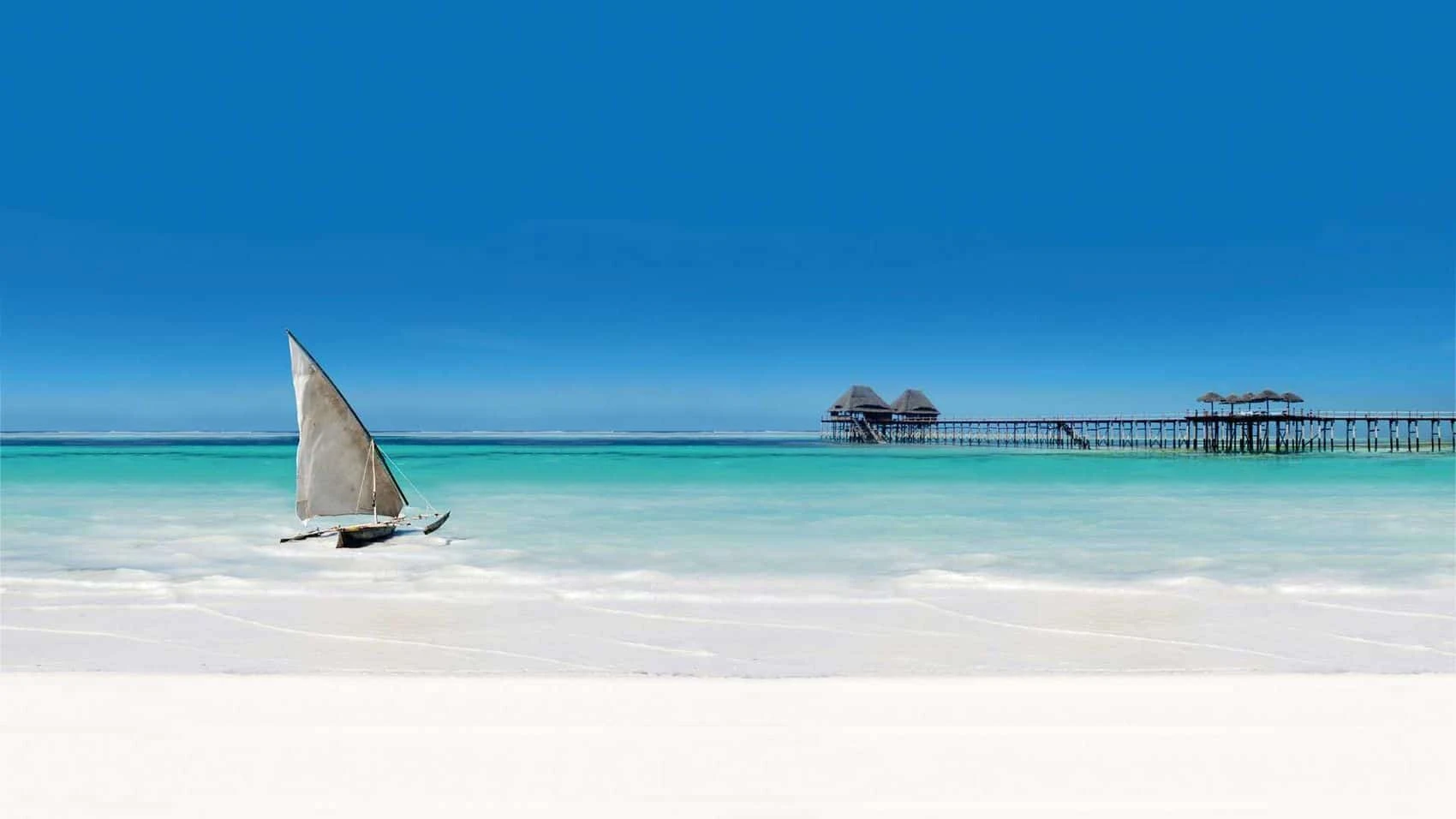
March is a transitional month, with increasing rainfall as Tanzania enters its long rainy season (Masika). However, the showers are mostly short and intense, often occurring in the late afternoons or evenings.
The Southern Serengeti and Ndutu Plains remain wildlife hotspots in March, as the Great Migration herds are still in calving season. The lush grasslands provide the perfect environment for young wildebeest, zebras, and gazelles, while predators like lions and cheetahs take advantage of easy prey.
March is one of the best months to visit Ngorongoro Crater due to its permanently abundant wildlife. The crater acts as a natural enclosure, making it easy to spot the Big Five—lions, leopards, rhinos, elephants, and buffaloes—all in a single game drive.
While March sees an increase in rainfall, Zanzibar remains an appealing destination, especially in the first half of the month when the weather is still warm and inviting.
If you don’t mind occasional rain showers, March offers discounted rates at luxury resorts, making it a great time for budget-friendly beach getaways.
If you’re looking for a less touristy safari destination, Ruaha is a great choice in March. This remote wilderness area boasts large prides of lions, massive elephant herds, and rare species like wild dogs and sable antelope.
March is not the best month for climbing Mount Kilimanjaro, as the rainy season makes trails muddy and slippery. However, experienced trekkers looking for a unique and quiet climb may still attempt the Rongai or Marangu routes, which receive less rainfall compared to the southern routes.
While March is considered a shoulder season, it offers a unique and rewarding experience for travelers who don’t mind a bit of rain. Want to explore Tanzania in March? Let’s plan your trip today!
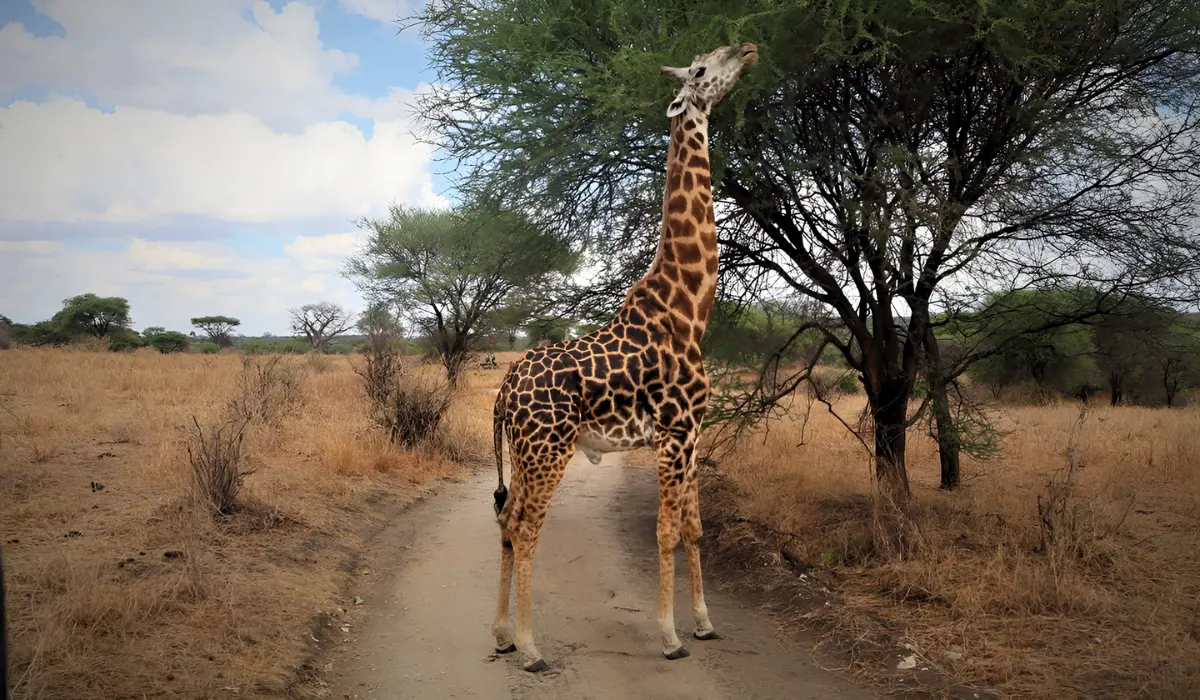



April is characterized by heavy but intermittent rains, mainly in the afternoons and evenings. Despite the rainfall, the mornings are often clear, offering ample opportunities for exploration.
While the Great Migration starts moving northward, April still offers incredible wildlife viewing in the central and southern Serengeti. The rains bring out lush green plains, enhancing the beauty of the landscape.
April transforms the Ngorongoro Crater into a lush, green haven, providing stunning backdrops for wildlife photography.
While April is one of Zanzibar’s rainiest months, it’s still possible to enjoy the island’s beauty during sunny spells.
For a more off-the-beaten-path adventure, Selous Game Reserve in southern Tanzania is ideal in April. As Africa’s largest game reserve, Selous offers a remote and intimate safari experience.
April is not the ideal month for climbing Kilimanjaro, due to muddy and slippery trails. However, the lower slopes are covered in lush vegetation, and the wildflowers are in bloom, creating picturesque scenery for lower-altitude hikes.
April might not be Tanzania’s peak tourist season, but it offers rich rewards for those willing to embrace the green season. From intimate safaris to cultural explorations, April in Tanzania is perfect for travelers seeking authentic and crowd-free experiences.
Ready to discover Tanzania’s hidden beauty in April? Let’s plan your adventure today!
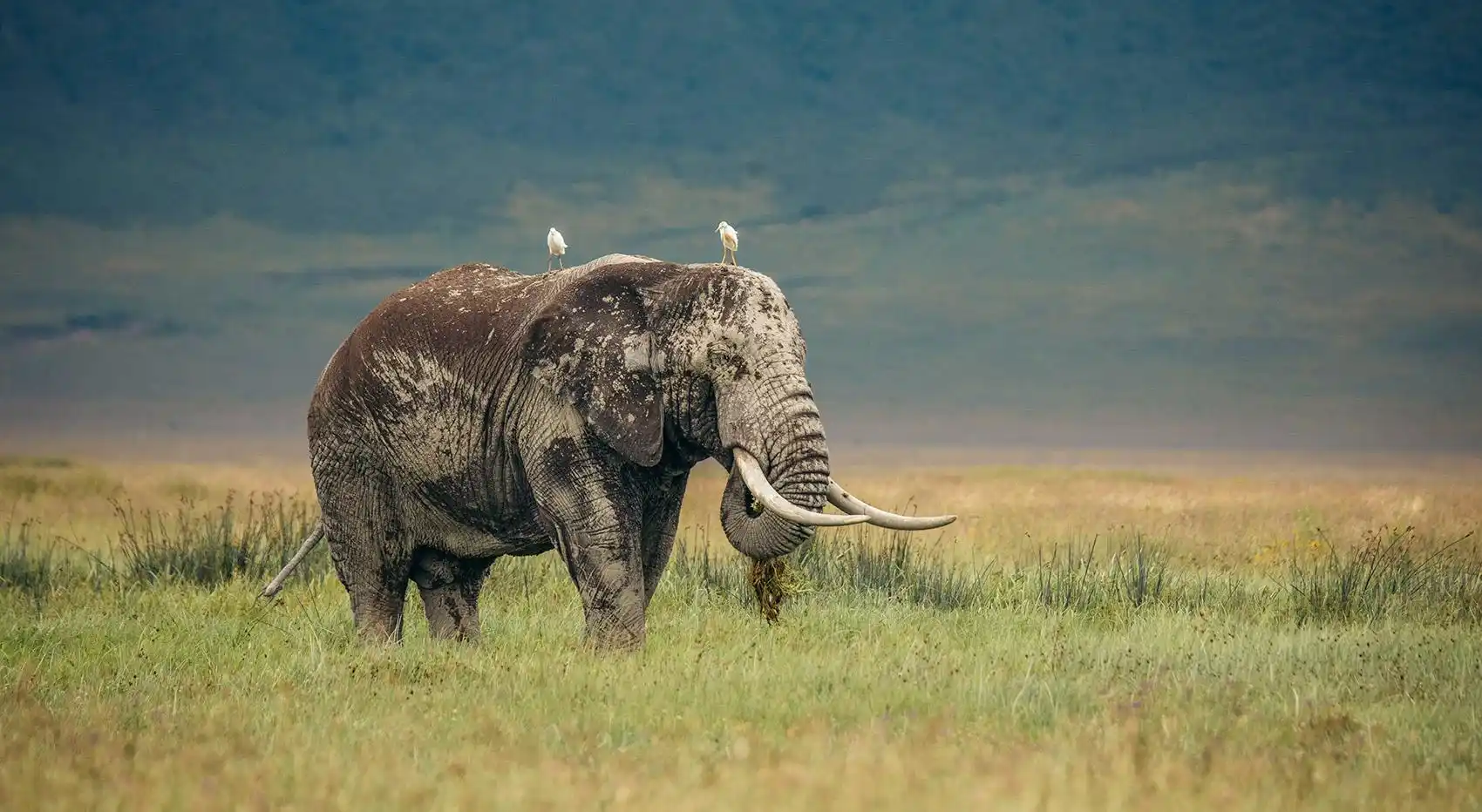

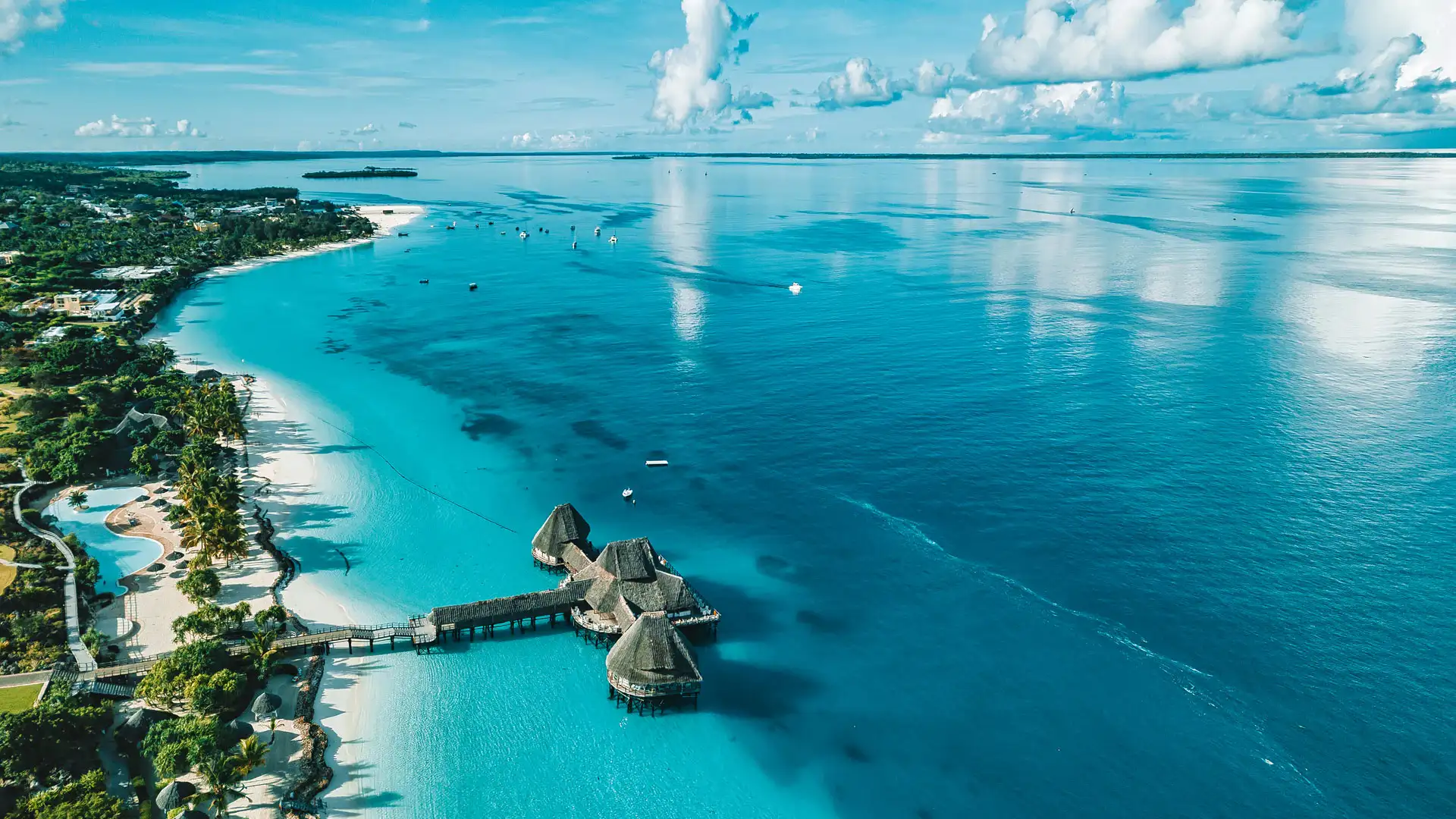

May marks the tail end of the long rainy season, meaning there are still occasional showers, but long sunny periods start becoming more frequent.
By May, the Great Migration is in motion, as massive herds of wildebeest, zebras, and gazelles start moving from the Southern Serengeti towards the Western Corridor.
Ngorongoro remains one of the best places to visit in May, offering easy wildlife sightings in a stunning, misty, green setting.
Tarangire is often overlooked, but in May, it offers fantastic wildlife viewing without the usual crowds.
May is one of the best months to visit Zanzibar on a budget, as hotel rates are lower before the peak dry season starts in June.
If you’re looking for a remote and exclusive safari, Selous Game Reserve (now Nyerere National Park) is perfect in May.
May is one of the best months for a budget-friendly safari or beach getaway. If you love breathtaking landscapes, peaceful travel, and exclusive experiences, Tanzania in May is a hidden gem waiting to be explored.
Ready to plan your May adventure? Let’s make it happen!
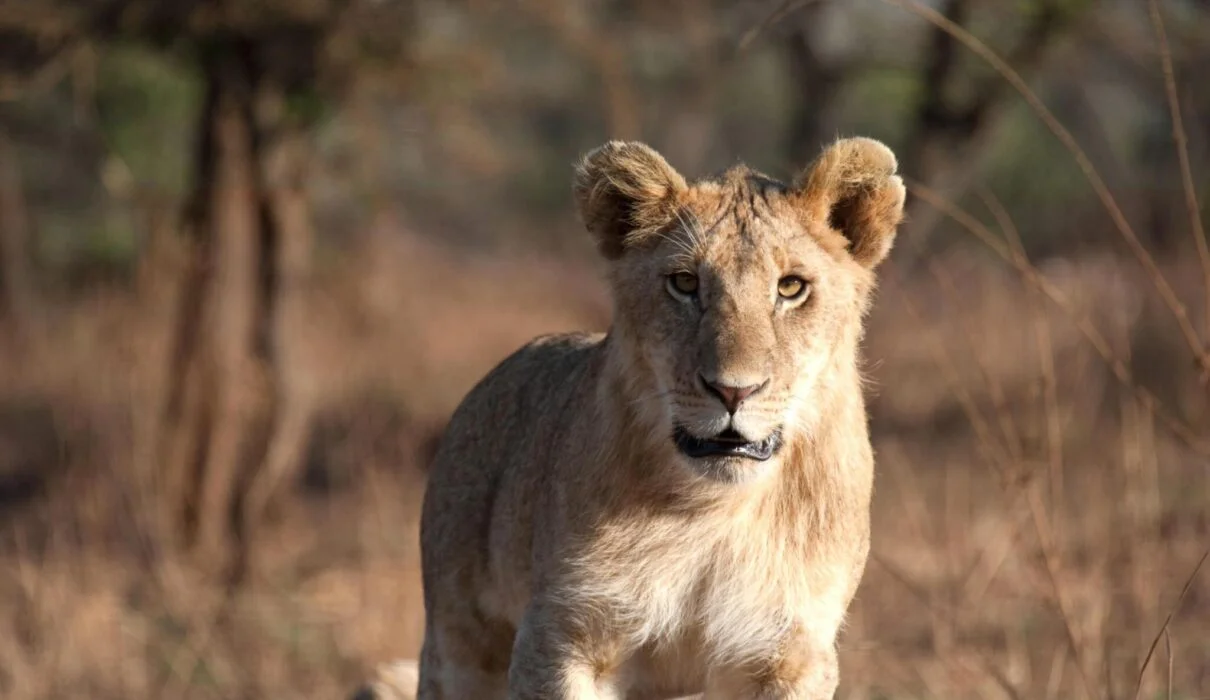
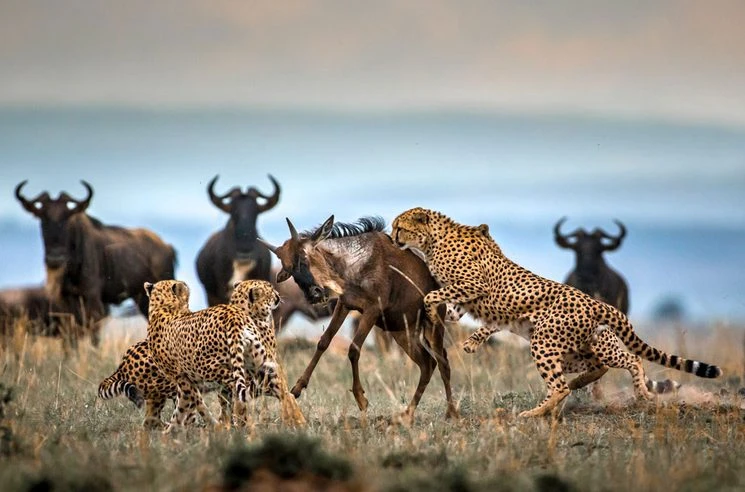


June is the official start of the dry season, bringing cooler temperatures, minimal rainfall, and clear blue skies.
June is one of the best months to witness the Great Migration as millions of wildebeest, zebras, and gazelles move towards the Western Corridor and Grumeti River.
Ngorongoro is breathtaking in June, as the dry season forces wildlife to gather around permanent water sources.
Tarangire starts to shine in June as elephant herds return to the riverbanks.
June is one of the best months to visit Zanzibar, with warm temperatures and low humidity.
For an off-the-beaten-path safari, Selous (Nyerere National Park) is excellent in June.
June is the ultimate month for an unforgettable safari and beach holiday. Whether you’re dreaming of Serengeti’s dramatic crossings, Ngorongoro’s breathtaking views, or Zanzibar’s pristine beaches, Tanzania in June offers the adventure of a lifetime.
Let’s plan your dream safari today!
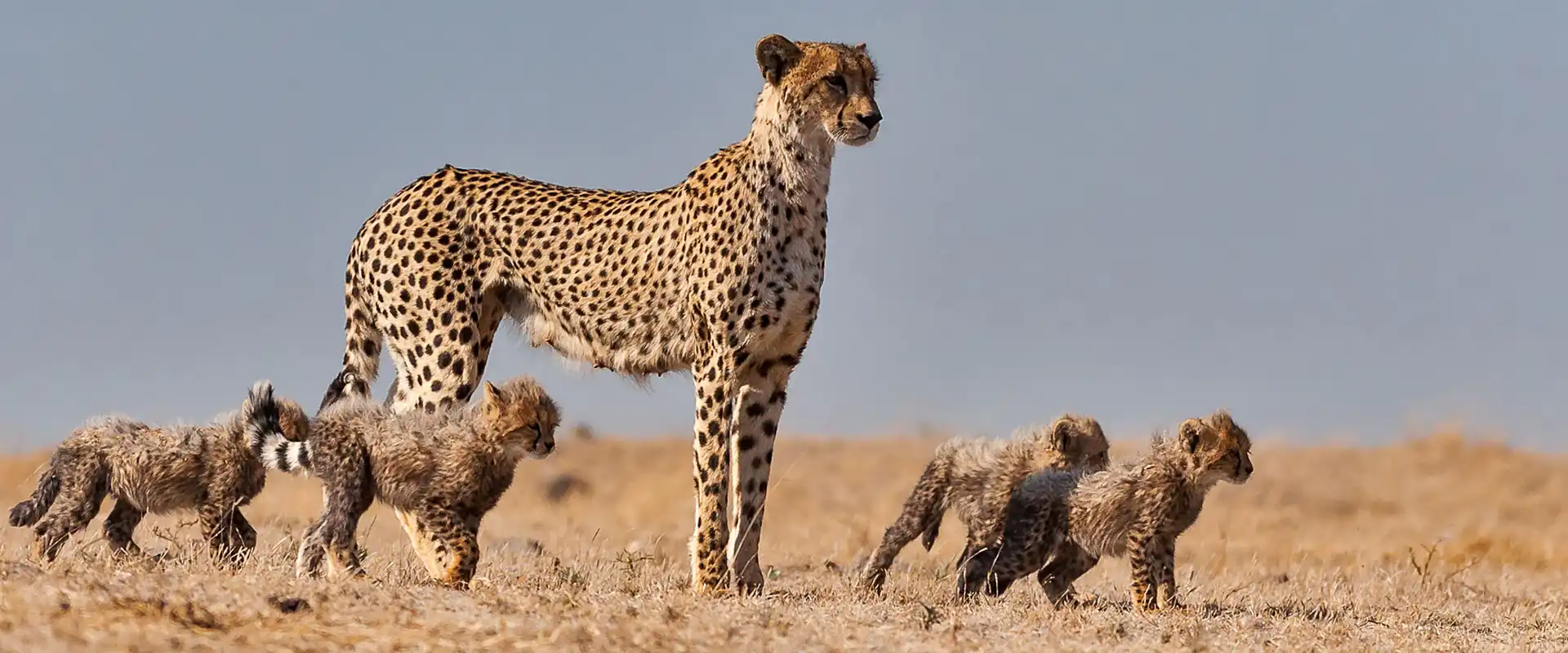
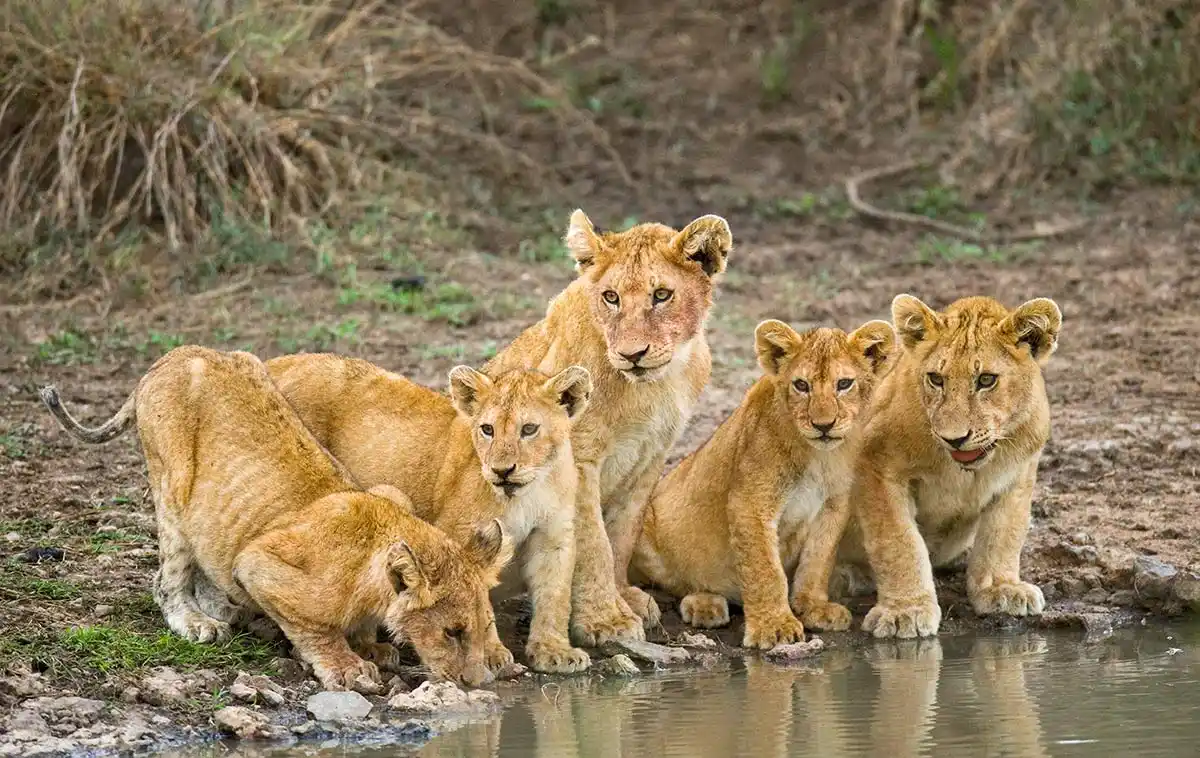


July offers ideal weather for both safaris and beach holidays.
July is one of the most spectacular months to witness the Great Migration as herds attempt to cross the crocodile-infested Grumeti and Mara Rivers.
Ngorongoro remains one of the best places to visit in July, as wildlife gathers around permanent water sources.
July is a fantastic month to visit Tarangire, as large elephant herds gather around the Tarangire River.
July is one of the best months for a beach escape in Zanzibar, with clear skies, warm waters, and gentle sea breezes.
For those looking for a more remote safari experience, Ruaha National Park is ideal in July.
July is one of the best months to experience Tanzania, whether you want thrilling safari action, pristine beaches, or a mix of both. If you’re ready for an epic adventure, now is the time to plan!
Let’s make your dream safari a reality!

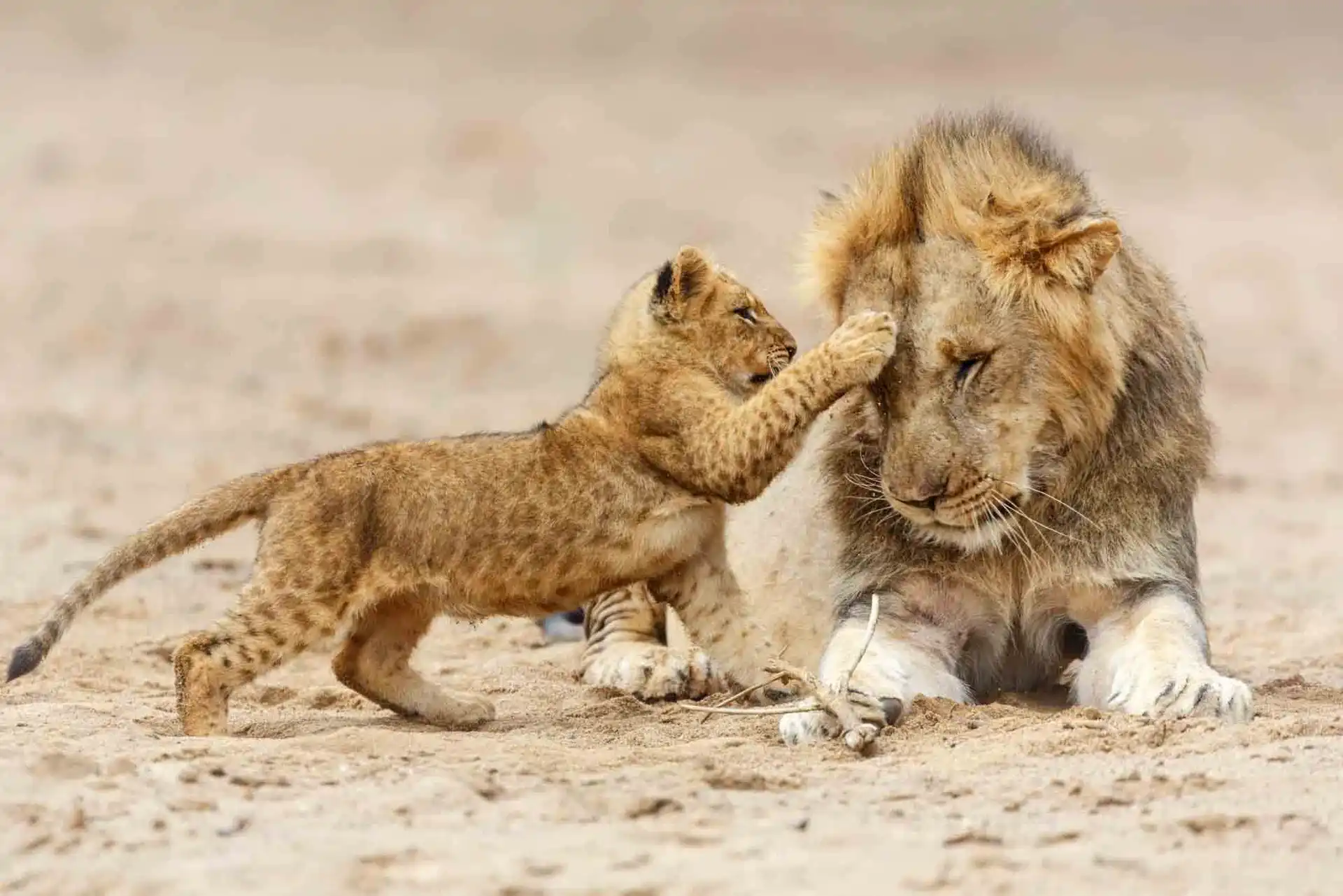


August brings ideal travel conditions, perfect for both safaris and beach vacations.
August is one of the most dramatic months for the Great Migration, as thousands of wildebeest, zebras, and gazelles attempt to cross the Mara River, battling powerful currents and massive crocodiles.
Ngorongoro remains a top safari destination in August, offering high wildlife density and cool, comfortable weather.
August is one of the best months to visit Tarangire, as huge elephant herds gather around the Tarangire River.
August is a dream month for a Zanzibar beach holiday, with warm weather, gentle sea breezes, and clear waters.
If you love off-the-beaten-path safaris, Ruaha is perfect in August.
August is one of the BEST months to explore Tanzania – whether you’re chasing thrilling safaris, breathtaking landscapes, or picture-perfect beaches. If you’re ready for the trip of a lifetime, let’s make it happen!
Book your August safari today!

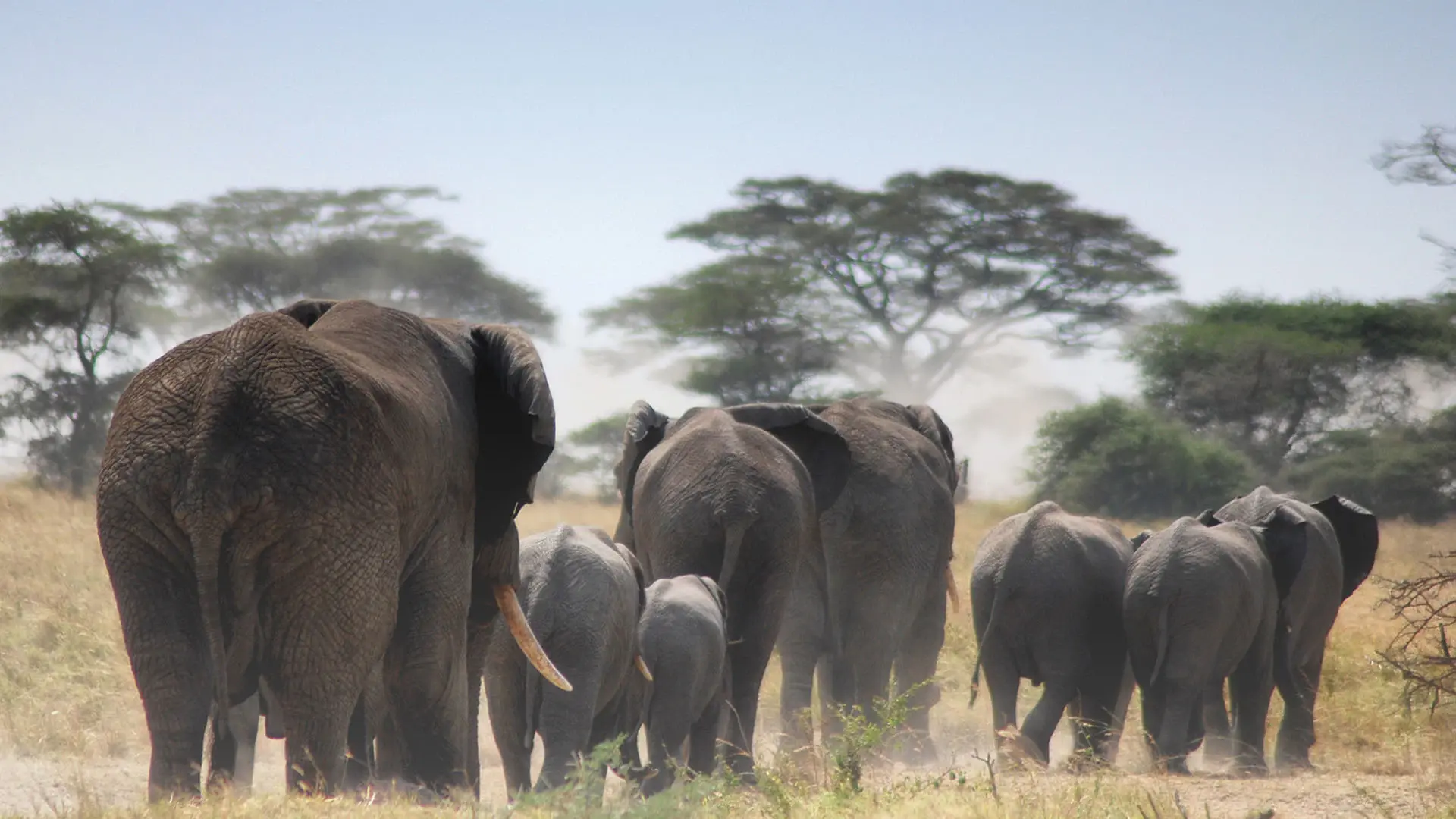


September offers excellent travel conditions, ensuring an unforgettable experience.
September is one of the last months to witness the thrilling Mara River crossings as the migration begins moving back south.
Ngorongoro remains a fantastic destination in September, with plenty of water and abundant wildlife.
September is the prime month for Tarangire, as elephant herds are at their peak.
September is one of the best months to enjoy Zanzibar’s stunning beaches.
Selous shines in September, offering a wild, untouched safari experience.
September is a fantastic time to explore Tanzania – whether you’re chasing wildlife action in the Serengeti, breathtaking views in Ngorongoro, or paradise beaches in Zanzibar. If you’re ready for an unforgettable adventure, this is the time to go!
Plan your dream Tanzania safari today!
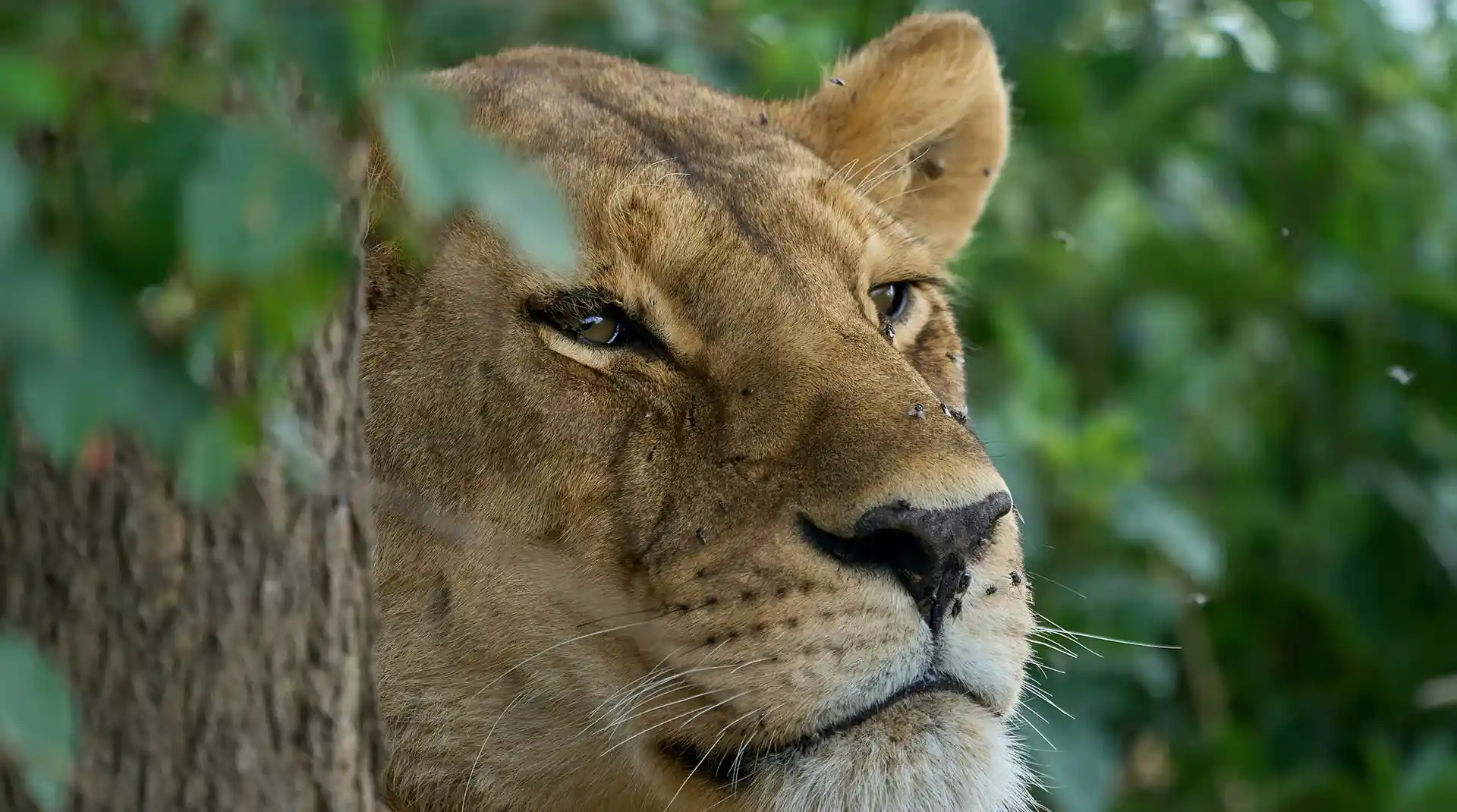
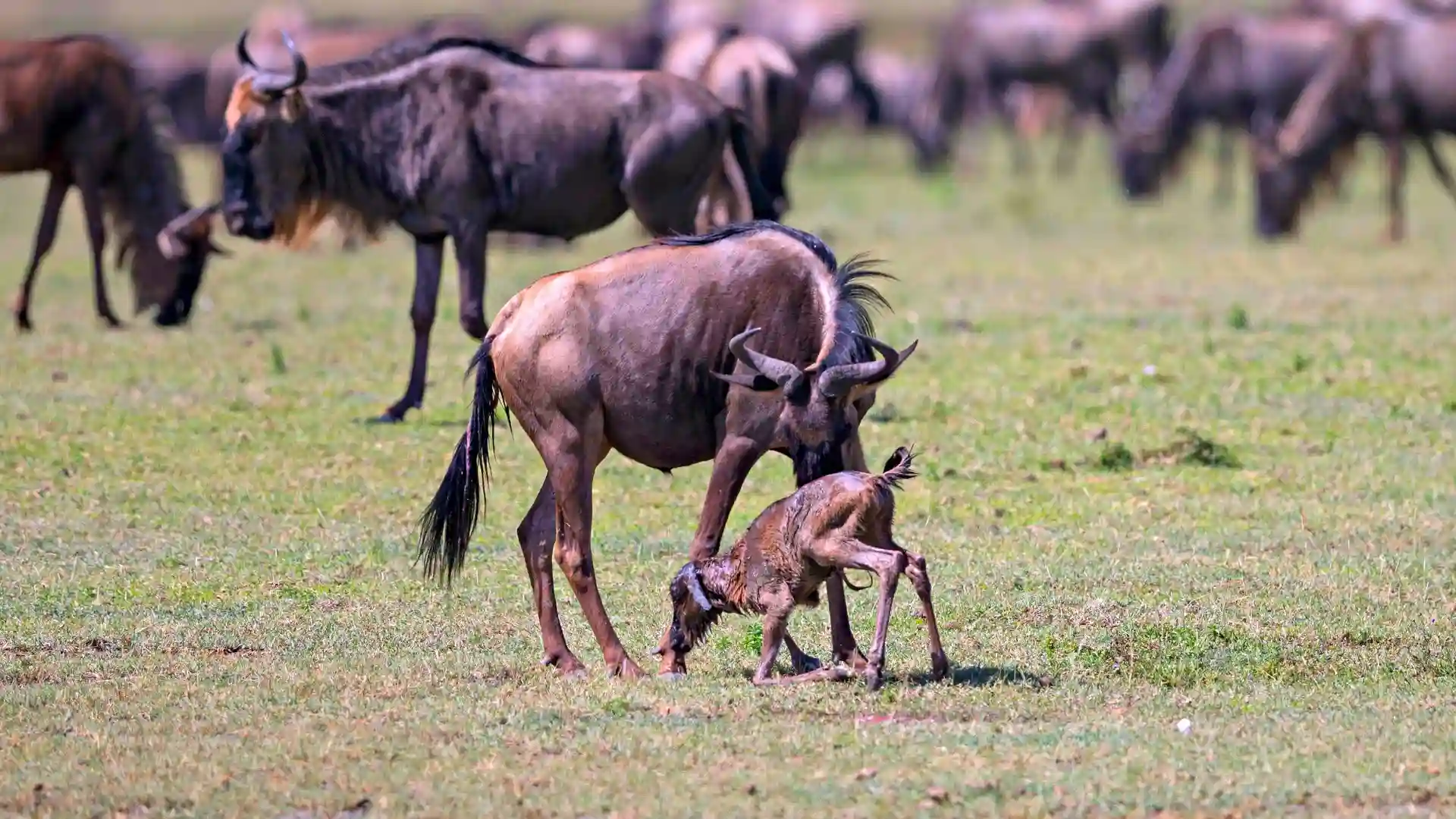


October is an excellent month for safari in Tanzania. The dry season is coming to an end, meaning wildlife is still gathered around remaining water sources, but the crowds have started to thin out. The Great Migration herds are moving south through Serengeti, while Zanzibar remains a tropical paradise with warm, calm waters.
If you want amazing wildlife sightings, stunning landscapes, and fewer tourists, October is the perfect time to visit Tanzania!
The Great Migration begins moving from the Mara River back south towards Central Serengeti.
October is an ideal time for game drives in Ngorongoro, with clear skies and comfortable temperatures.
Tarangire is still one of the best safari destinations in October, just before the rains begin.
For adventurous travelers, Ruaha offers an off-the-beaten-path safari in October.
October is one of the best months for a beach escape in Zanzibar.
If you’re looking for exceptional wildlife encounters, breathtaking scenery, and the perfect balance of adventure and relaxation, October is an amazing time to visit Tanzania!
Ready for the ultimate October adventure? Let’s plan your dream trip today!




November marks the beginning of the short rainy season in Tanzania, transforming the landscapes into lush green paradises. The rains are usually light and scattered, meaning game viewing is still fantastic, but with fewer tourists and lower prices. The Great Migration herds are making their way south towards Ndutu, and the beaches of Zanzibar remain warm and inviting.
If you love beautiful scenery, peaceful safaris, and fantastic deals, November is a great time to visit Tanzania!
November is when the Great Migration begins returning to the Southern Serengeti after months in the north.
Ngorongoro is breathtaking in November as the first rains bring vibrant green pastures.
Tarangire starts changing from golden to green, creating a beautiful landscape transformation.
These parks remain untouched by crowds and are lush, full of life, and perfect for true wilderness lovers.
Zanzibar is still a paradise in November, even with occasional light showers.
November is a fantastic time for those seeking an affordable, peaceful safari with lush scenery, wildlife action, and stunning beaches. If you’re looking for a unique, crowd-free adventure, this is the perfect month to travel!
Ready to explore Tanzania in November? Let’s plan your dream trip today!




By December, the Great Migration has reached the southern Serengeti.
December brings scattered rains to Ngorongoro, transforming the landscape into a vibrant green wonderland.
Ruaha offers a perfect off-the-beaten-path experience during December.
Selous remains an underrated gem, offering a fantastic safari experience in December.
Zanzibar is still a perfect beach destination in December.
December is a beautiful, quieter month to visit Tanzania before the holiday crowds arrive. It’s perfect for those looking to enjoy unspoiled nature, great wildlife sightings, and relaxing beaches.
Ready to explore Tanzania this December? Let’s plan your holiday today!




Let’s connect on WhatsApp! Tap the button below to start chatting 💬👇. Prefer a different way to reach us? Explore the other messaging options we’ve got for you 🐾
et in touch with us on Facebook! Click the button below to start a chat, and we’ll get back to you in no time.
Connect with us on Telegram! Hit the button below to start chatting, and we’ll do our best to respond quickly.
Give us a call at Call us at +255 760-410-765 —we’re here to assist you!